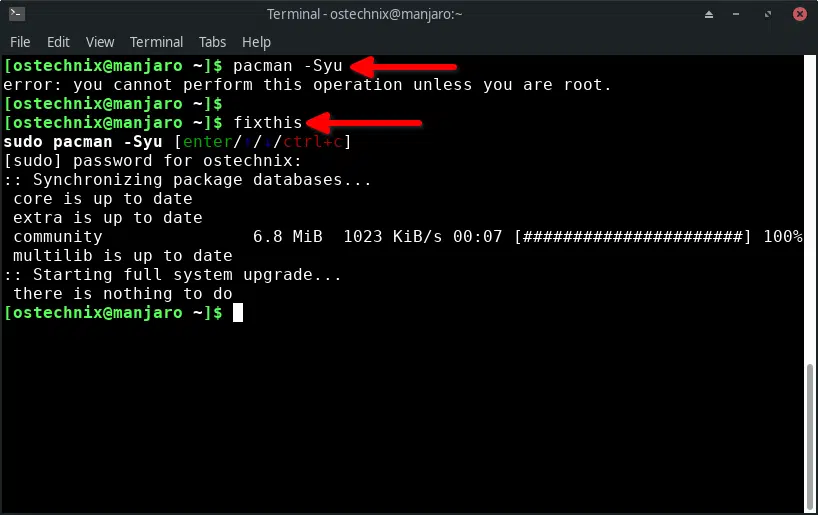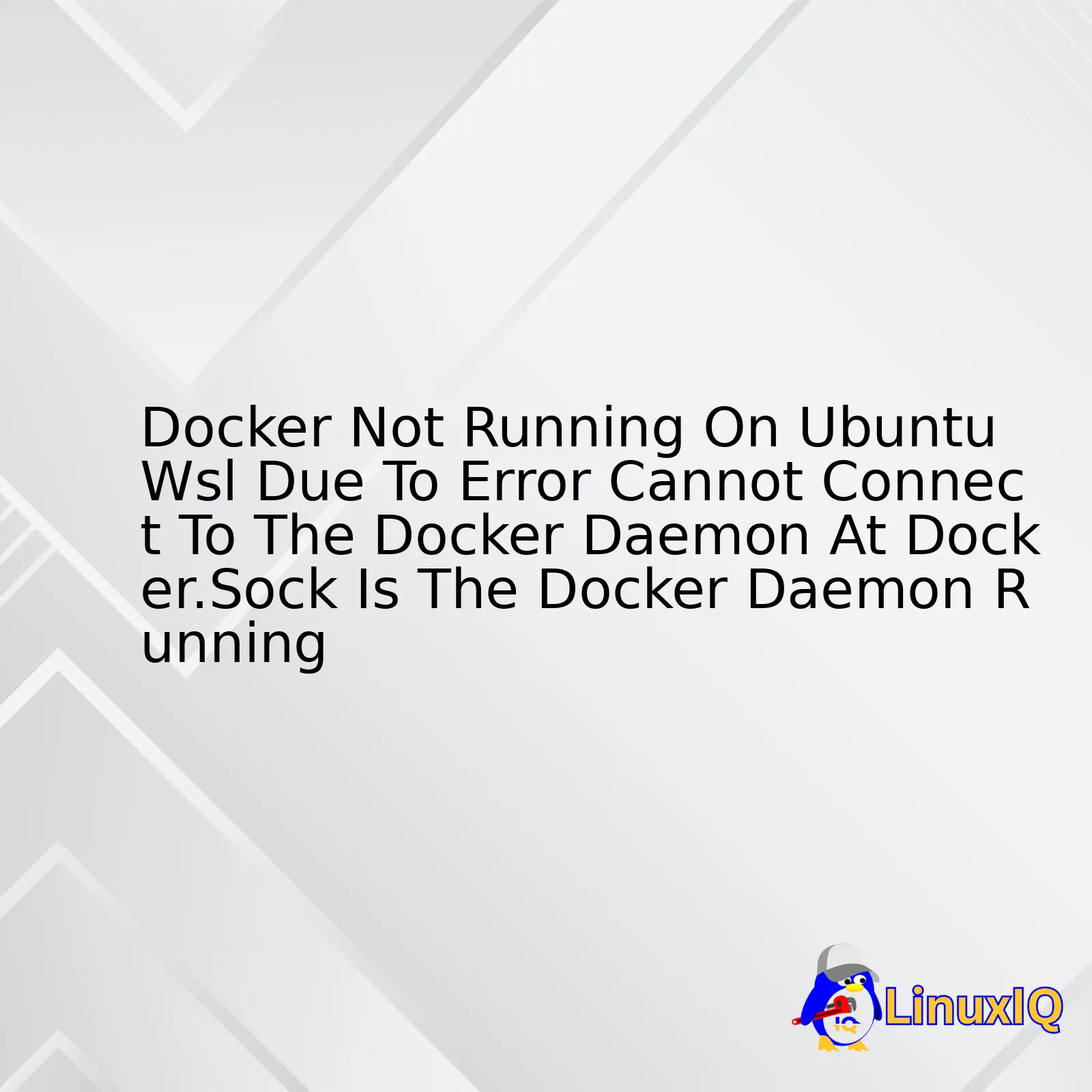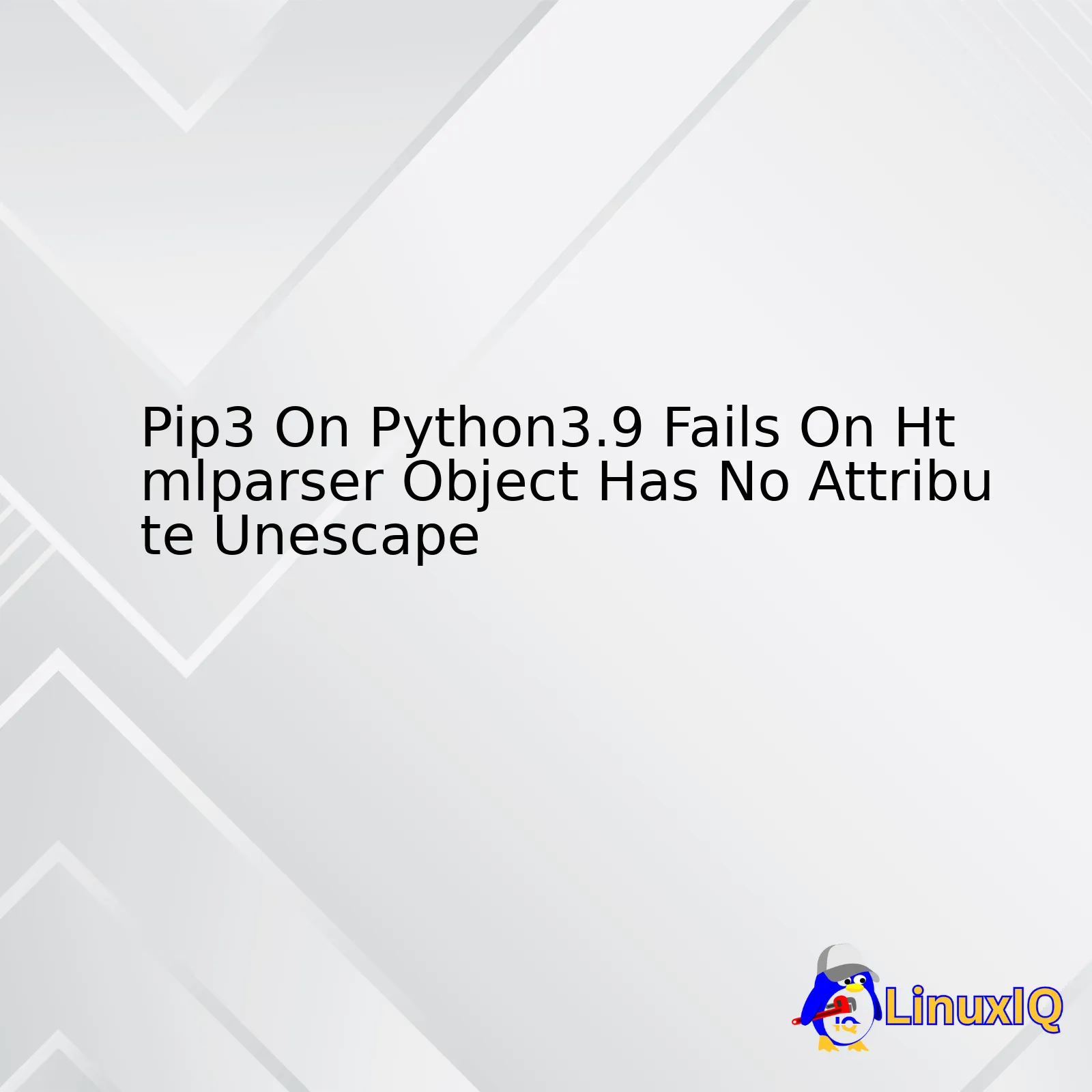Introduction
As of June 30, 2024, CentOS 7 has officially reached its End of Life (EOL). This milestone marks the end of an era for one of the most popular server distributions in the history of Linux. For countless system administrators and DevOps engineers, this isn’t just a date on a calendar; it’s a critical inflection point that demands immediate action. The most immediate and disruptive consequence of the EOL is the failure of the Yellowdog Updater, Modified (YUM) package manager. System administrators attempting to run yum update or install new packages are now met with a cascade of errors, as the standard CentOS mirrors have been taken offline. This leaves servers vulnerable, unpatchable, and in a state of operational limbo.
This comprehensive article serves as a technical guide for navigating the post-EOL landscape. We will not only provide a direct, actionable solution to fix your broken YUM repositories by pointing them to the official CentOS Vault but also delve into the long-term strategic planning required. We will explore automation with Ansible, discuss viable migration paths to modern distributions like Rocky Linux or AlmaLinux, and cover best practices for securing and managing systems that cannot be immediately decommissioned. This is your essential handbook for ensuring business continuity and security in a post-CentOS 7 world.
Understanding the End of Life and its Immediate Impact
The term “End of Life” in software is a formal declaration that a product will no longer receive any form of official support. For an operating system like CentOS 7, this has profound implications for security, stability, and functionality.
What Does EOL Mean for Your Servers?
When a Linux distribution reaches EOL, it means the development team, in this case, the CentOS Project, ceases all maintenance activities. This includes:
- No More Security Patches: Newly discovered vulnerabilities (CVEs) will not be patched, leaving your system perpetually exposed to emerging threats. This is a critical concern for any internet-facing or internal production server.
- No Bug Fixes: Any existing or newly found bugs in the system’s software will remain unaddressed, potentially leading to instability or unpredictable behavior. *No Software Updates: You will no longer receive updates for any of the core packages, including the Linux Kernel, system libraries like glibc, or essential tools like OpenSSH and Bash.
The most immediate problem, however, is the archival of the package repositories. The official mirrors that YUM is configured to use by default (e.g., mirror.centos.org) are shut down. The repositories are moved to an archival site, vault.centos.org, causing all package management operations to fail.
Diagnosing the YUM Repository Failure
If you have a CentOS 7 system, you can easily replicate the issue. Simply connect via SSH and attempt to update your package list. This is a fundamental task in Linux Administration that now fails.
You will likely see an error message similar to the one below, indicating that YUM cannot find a valid URL for its repositories.
[user@centos7-server ~]$ sudo yum update
Loaded plugins: fastestmirror
Loading mirror speeds from cached hostfile
* base: mirror.centos.org
* extras: mirror.centos.org
* updates: mirror.centos.org
One of the configured repositories failed (Unknown),
and yum does not have enough cached data to continue. At this point the only
safe thing yum can do is fail. There are a few ways to work "fix" this:
...
Cannot find a valid baseurl for repo: base/7/x86_64This error occurs because the DNS records for mirrorlist.centos.org may no longer resolve correctly, or the paths they point to are empty. Your system is effectively cut off from its software source, preventing you from installing tools, applying old patches, or even inspecting package information.
The Immediate Fix: Pointing YUM to the CentOS Vault

While migrating to a supported OS is the ultimate goal, you first need to restore package management functionality. This allows you to install necessary tools for migration, perform final backups, or maintain the system in a slightly more manageable state. The solution is to edit the YUM repository configuration files to point directly to the CentOS Vault archives.
A Step-by-Step Scripting Solution
Manually editing each file in /etc/yum.repos.d/ can be tedious and prone to error. A more efficient and reliable approach is to use a simple Bash script that leverages powerful Linux commands like sed (stream editor) to perform the necessary text replacement across all relevant files.
The script below automates the entire process. It iterates through the standard CentOS repository files, comments out the problematic mirrorlist directive, and replaces the standard baseurl with the new URL for the CentOS Vault.
#!/bin/bash
#
# This script updates CentOS 7 YUM repositories to point to vault.centos.org
# after the official mirrors were taken offline following the EOL.
# Run this script with sudo privileges.
echo "Updating YUM repository files in /etc/yum.repos.d/..."
# Navigate to the repository directory
cd /etc/yum.repos.d/
# Check if the directory exists
if [ $? -ne 0 ]; then
echo "Error: Directory /etc/yum.repos.d/ not found. Exiting."
exit 1
fi
# Use sed to find and replace the URLs in the repo files
# 1. Comment out the 'mirrorlist' line
# 2. Uncomment and replace the 'baseurl' line to point to the vault
echo "Modifying repository files..."
sudo sed -i 's/mirrorlist/#mirrorlist/g' /etc/yum.repos.d/CentOS-*
sudo sed -i 's|#baseurl=http://mirror.centos.org|baseurl=http://vault.centos.org|g' /etc/yum.repos.d/CentOS-*
echo "Repository files updated successfully."
# Clean YUM cache and rebuild repository list
echo "Cleaning YUM cache and rebuilding repolist..."
sudo yum clean all
sudo yum repolist
echo "Process complete. You can now use yum to install packages from the vault."To use this script, save it as fix_yum.sh, make it executable with chmod +x fix_yum.sh, and run it with root privileges: sudo ./fix_yum.sh.
Verification and Final Steps
After running the script, the final two commands—yum clean all and yum repolist—are crucial for verification. The first command clears out any cached data from the old, non-functional mirrors. The second command forces YUM to read the newly configured repository files and fetch a fresh list of available packages from the vault.
A successful output will show a list of repositories and the number of packages in each, confirming that your connection to the CentOS Vault is working correctly. Your Linux Terminal should now be able to install packages, though remember these packages are old and unpatched.
Automating the Fix and Planning Long-Term Strategies
Fixing one server is a good start, but in a modern Linux DevOps environment, you likely manage dozens or hundreds of instances. Furthermore, the vault fix is a temporary patch, not a permanent solution. This section covers how to scale the fix and what to do next.
Automating Across Your Fleet with Ansible
For system administrators managing infrastructure at scale, manual intervention is not an option. Linux Automation tools like Ansible are perfect for this task. The following Ansible playbook accomplishes the same goal as the bash script but in a declarative, idempotent way that can be run against your entire inventory of CentOS 7 servers.
This playbook uses the replace module to perform the find-and-replace operations on the repository configuration files.
---
- name: "Update CentOS 7 YUM Repos to Vault"
hosts: centos7_servers
become: yes
tasks:
- name: "Comment out mirrorlist in CentOS repo files"
ansible.builtin.replace:
path: "{{ item }}"
regexp: '^mirrorlist='
replace: '#mirrorlist='
with_fileglob:
- /etc/yum.repos.d/CentOS-*.repo
- name: "Update baseurl to point to vault.centos.org"
ansible.builtin.replace:
path: "{{ item }}"
regexp: '^#baseurl=http://mirror.centos.org'
replace: 'baseurl=http://vault.centos.org'
with_fileglob:
- /etc/yum.repos.d/CentOS-*.repo
- name: "Clean all YUM caches"
ansible.builtin.command: yum clean all
args:
warn: no
- name: "Force update of YUM repolist"
ansible.builtin.command: yum repolist
args:
warn: noBy defining a group `centos7_servers` in your Ansible inventory, you can apply this critical fix across your entire infrastructure with a single command: ansible-playbook -i your_inventory update_centos_vault.yml.

Beyond the Fix: Planning Your Migration
With package management restored, your top priority must be to plan and execute a migration to a currently supported operating system. Running an EOL system is a significant security liability. Here are the most common migration paths:
- Rocky Linux / AlmaLinux: These are community-driven, 1:1 binary-compatible forks of Red Hat Enterprise Linux (RHEL). They are designed to be “bug-for-bug” compatible and serve as the spiritual successors to the original CentOS model. Migration is often straightforward using official tools like AlmaLinux’s
almalinux-deploy. - Red Hat Enterprise Linux (RHEL): For organizations requiring commercial support, migrating to RHEL is the most direct path. Red Hat provides tools and support contracts to ensure a smooth transition.
- Ubuntu Server / Debian Linux: Migrating to a Debian-based system like Ubuntu is a larger undertaking, as it involves switching package managers (from
yum/dnftoapt) and adapting to different configuration file layouts. However, Ubuntu is extremely popular in Linux Cloud environments like AWS Linux and Azure Linux and has a massive community.
Best Practices for Managing EOL Systems
In some cases, immediate migration is not feasible due to legacy applications or complex dependencies. If you must continue running a CentOS 7 server temporarily, implement these defensive measures to mitigate risk.
Network Isolation and Aggressive Firewalling
Your first line of defense is to strictly limit the server’s network exposure. Use a Linux Firewall like firewalld or classic iptables to create a default-deny policy, only allowing traffic on the specific ports required for your application to function. Block all other inbound and outbound connections. If possible, place the server behind a dedicated hardware firewall or within a segmented, private network (VLAN).
Heightened System Monitoring

Since you won’t receive security alerts or patches, proactive System Monitoring is essential. Use tools like htop or the classic top command for real-time Performance Monitoring. For a more robust solution, integrate the server with a centralized monitoring platform like Prometheus and Grafana or Zabbix to track CPU, memory, disk I/O, and network activity. Set up alerts for unusual patterns that could indicate a security breach or system instability.
Containerization as an Isolation Strategy
If a legacy application is the only thing keeping a CentOS 7 server alive, consider containerizing it with Docker. By creating a Docker image from your CentOS 7 environment, you encapsulate the application and its dependencies. This container can then be run on a modern, secure host OS (like Rocky Linux 9 or Ubuntu 22.04). This approach, central to Container Linux philosophy, isolates the insecure EOL environment from the underlying host and the rest of your network, making it a powerful risk-reduction technique.
Robust Linux Backup and Recovery Plan
Before attempting any migration or major system change, ensure you have a complete, verified backup of your data. Use standard Linux utilities like rsync or tar, or more advanced backup solutions. A solid Linux Backup strategy is your ultimate safety net, allowing you to recover quickly in case of failure.
Conclusion
The End of Life for CentOS 7 is a significant event in the Linux ecosystem, but it does not have to be a crisis. By understanding the immediate impact on the YUM package manager and applying the straightforward fix to point your repositories to vault.centos.org, you can restore basic functionality and give yourself breathing room. We’ve demonstrated how to do this manually with a simple Bash script and how to automate it at scale using an Ansible playbook.
However, this fix should only be seen as a temporary measure. The real, non-negotiable task ahead is migrating to a modern, fully supported operating system. Whether you choose a drop-in replacement like Rocky Linux, a commercially supported option like RHEL, or a different distribution like Ubuntu, proactive migration is the only way to ensure the long-term security and stability of your infrastructure. Use this opportunity to re-evaluate your systems, modernize your stack, and embrace the robust future of enterprise Linux.




